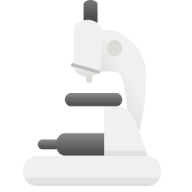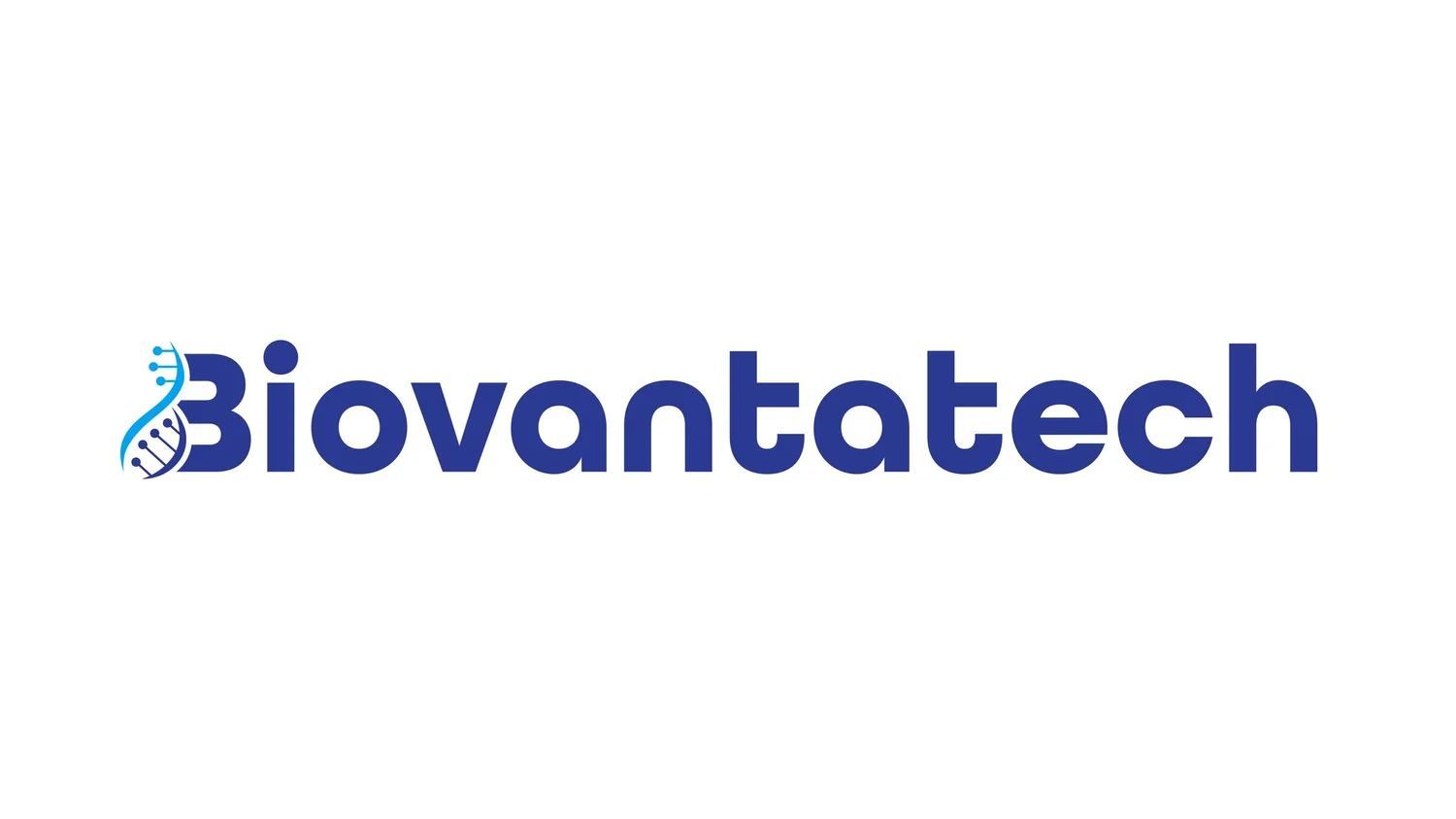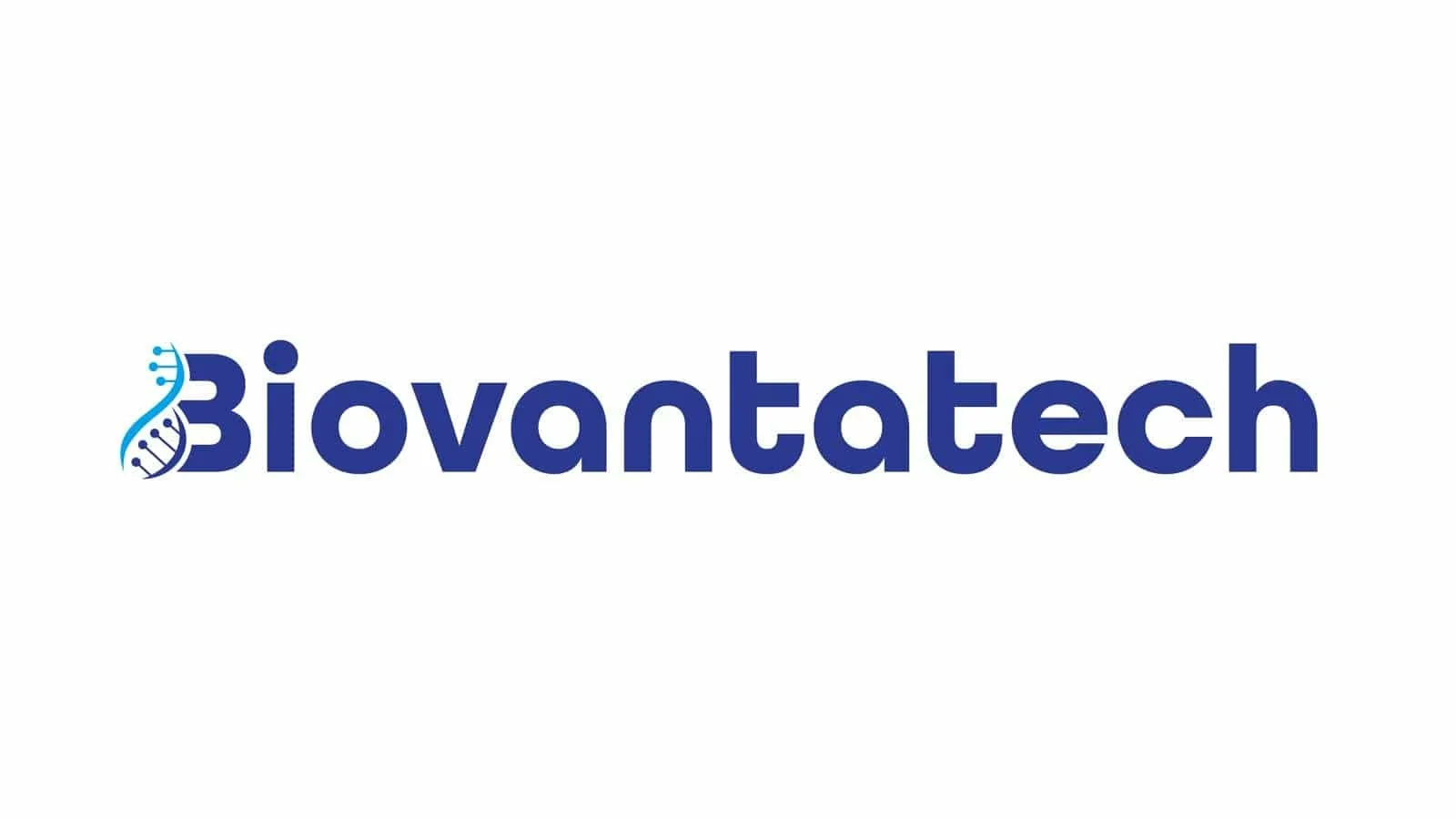Protocol for Culturing Immortalized Human Primary Bronchial Fibroblasts
Materials Required:
Cells & Media:
Immortalized Human Primary Bronchial Fibroblasts
Complete Immortalized Bronchial Fibroblast Growth Medium (IBFGM001)
Cryopreservation medium (with DMSO)
Solutions & Reagents:
Sterile 1X PBS (PBS001, Ca²⁺/Mg²⁺-free)
Cell Detachment Solution
Neutralization Solution
Equipment & Consumables:
AlphaBioCoat-coated T25 flasks
37°C, 5% CO₂ humidified incubator
Centrifuge (for passaging)
Hemocytometer or automated cell counter
Liquid nitrogen storage system
1. Thawing Frozen Cells
Pre-warm Medium: Heat IBFGM001 to 37°C.
Thaw Cells:
Retrieve cryovial from liquid nitrogen and thaw in a 37°C water bath (1–2 min).
Sterilize vial with 70% ethanol.
Dilute & Centrifuge:
Transfer cells to a 15 mL conical tube, add 5–10 mL warm medium dropwise.
Centrifuge at 200 × g for 5 min.
Plate Cells:
Resuspend pellet in 5 mL fresh medium, seed in AlphaBioCoat T25 flask.
Incubate at 37°C, 5% CO₂.
2. Routine Maintenance & Passaging
Monitor Growth:
Check spindle-shaped morphology daily; passage at 80–90% confluency.
Passaging Steps:
Wash cells with 1–2 mL PBS (T25).
Add 1–2 mL Detachment Solution, incubate at 37°C for 2–5 min (monitor detachment).
Neutralize with 2–3 mL Neutralization Solution, pipet gently.
Optional: Centrifuge (200 × g, 5 min) to remove residual enzymes.
Split & Replate:
Resuspend in fresh medium, seed at 1:2 to 1:4 ratio.
3. Cryopreservation
Harvest & Count: Follow passaging protocol; adjust density to 1–5 × 10⁶ cells/mL in freezing medium.
Aliquot: Distribute 1 mL/vial into cryovials.
Freeze:
Use isopropanol freezing container at –80°C overnight.
Transfer to liquid nitrogen for long-term storage.
4. Quality Control & Troubleshooting
✔ Contamination Check: Monitor medium clarity and pH.
✔ Morphology: Healthy cells are elongated/spindle-shaped; rounding indicates stress.
✔ Doubling Time: Expect 24–48 hours; prolonged doubling may signal senescence.
✔ Passage Limit: Use within 20–30 passages for consistent results.
Expected Outcomes
Adhesion: Within 24 hours.
Proliferation: Doubling time 24–48 hours.
Applications:
Airway remodeling studies
Fibrosis and ECM research
Co-culture models (e.g., epithelial-fibroblast interactions)


